- Home
- Features
- Business
- Active
- Sports
- Shop
healthy eatingmediterranean dietUncategorized
 Basia HellwigAugust 16, 20103 Mins read79 Views
Basia HellwigAugust 16, 20103 Mins read79 Views
Ratatouille By Any Other Name…
Share


When you talk about a Mediterranean diet, it’s hard to imagine that 20-plus countries bordering one sea could have anything identifiable as a single diet. Yet because of history and climate and customs, dishes that are really variations on a theme do show up quite often. The Provençal stew of eggplant, zucchini, tomatoes, peppers, garlic, onions and olive oil is a good example.
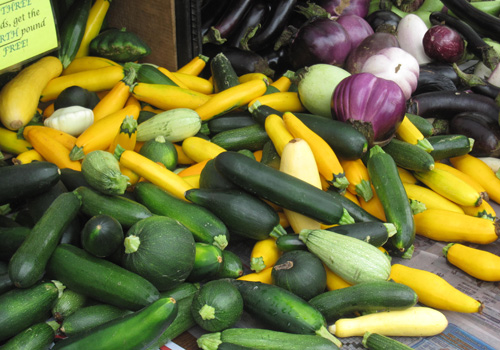
Ratatouille has cousins all over the Mediterranean, each with its own distinctive personality and special taste. The core ingredients—eggplants, peppers, tomatoes, zucchini—are not even native to the Mediterranean (although the essential olive oil certainly is). They came to the region long ago by different routes. Eggplant was introduced throughout the Mediterranean basin by Arabs who brought it from its native India in the Middle Ages. Bell peppers, zucchini and tomatoes came from the New World, introduced to Europe by Christopher Columbus and his pals. (Strangely enough, all but the zucchini are members of the nightshade family. As in deadly nightshade. Which apparently is why Europeans were originally suspicious of the tomato, although the Mediterranean countries certainly came around, adopting it with passion and creativity as a quintessential Med ingredient.)
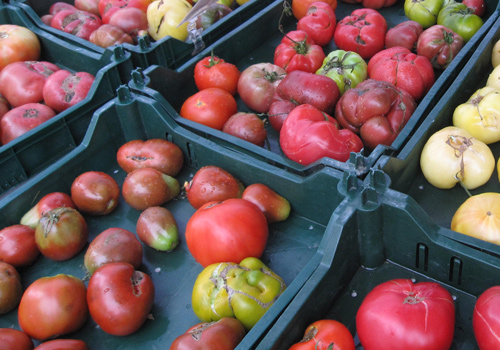
So about all those cousins…this is what I’ve come across so far. (Additions and corrections welcome! Add a comment below.)
Catalan samfaina, or xamfaina, is virtually identical to ratatouille. Colman Andrews speculates in his book Catalan Cuisine that perhaps, in fact, samfaina came first “considering the early popularity of eggplant [among] Catalans and the fact that [they] were using tomatoes, peppers, and zucchini widely before their French neighbors were.” It also sometimes takes the form of a sauce, when it’s cooked longer into an almost jammy consistency.
Then there’s the caponata side of the family:
Sicilian caponata adds celery to the basic four, plus sweetened vinegar and capers for a sweet-and-sour dish.
Maltese kapunata eliminates the zucchini and adds capers.
Moroccan kamfounata is spiced with cumin and fresh coriander (cilantro).
Tunisians call their stew of peppers and tomatoes shakhshūkha—to which they add eggs and cayenne, and maybe chickpeas. Tunisian Jews probably brought the dish to Israel, where it is very popular. (Try it right here in NYC at Hummus Place, where it includes eggplant and onions.) In fact, it’s become a common dish throughout North Africa, where it’s sometimes served with spicy Merguez sausage.
Turks love their eggplant any way they can get it. Imam bayildi (“the priest swooned”) leaves behind ratatouille’s zucchini and pepper and gives center stage to braised eggplant, which is stuffed with onion, garlic and tomatoes. Karniyak keeps the eggplant, pepper, tomatoes trio and adds minced meat and rice.
Musakka was originally an Ottoman dish, but is widely known today in its Greek incarnation moussaka: stewed eggplant and tomatoes with meat, topped with a béchamel sauce. Various Turkish versions have zucchini or green peppers or chickpeas or no béchamel.
Then there’s the don’t-forget-that-other-nightshade-veggie crowd. We’re talking potatoes.
Mallorcan tumbet, or tombet, is made from eggplants, peppers, tomatoes—and potatoes—although sometimes zucchini pops in there, too.
Greek briami is a casserole of zucchini, potatoes, onions and tomatoes (sometimes peppers, too). It makes a great dish for Meatless Monday, as do many of these. I haven’t tried this briami recipe yet myself but the test kitchen of one hungry student named Stefan in Montreal vouches for it as a tasty and satisfying meal (good enough to eat two nights in a row).
And then, of course, there’s the fabulously high-style ratatouille of movie fame, actually a dish called confit byaldi, invented by chef Michel Guerard (of cuisine minceur fame) and created for the movie—with the vegetables fanned out accordion style—by French Laundry (Yountville, CA) chef Thomas Keller, who worked as a culinary consultant for the film.
Here’s a simpler but equally stylish rendition of that dish from Smitten Kitchen.
The creativity just goes on and on. What’s your riff on ratatouille? Or your family’s tradition? Write to us!
Related Articles
Featuredhealthy eatingmediterranean dietUncategorized  Basia HellwigJuly 3, 2013
Basia HellwigJuly 3, 2013
RECIPE: Chickpea Curry and Cucumber
THIS WARM SALAD—chickpeas with cucumbers as a garnish—makes such a tasty...
Featuredhealthy eatingmediterranean dietUncategorized  Basia HellwigApril 29, 2013
Basia HellwigApril 29, 2013
Meatless Monday Recipe: Kale and White Bean Stew
I BECAME A KALE FAN JUST A FEW YEARS AGO when my...
Featuredhealthy eatingmediterranean dietUncategorized  Basia HellwigApril 22, 2013
Basia HellwigApril 22, 2013
RECIPE: Farro Salad with Red Peppers and Beans
I GOT A JUMPSTART ON MEATLESS MONDAY this weekend when my friend made...


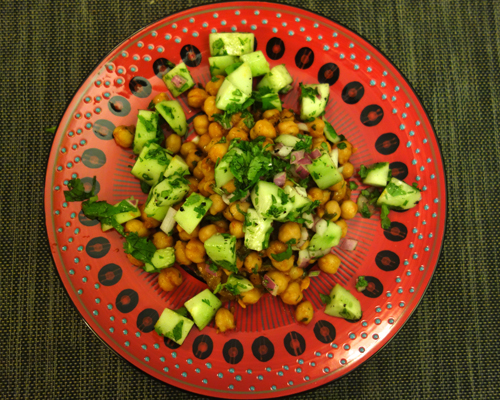
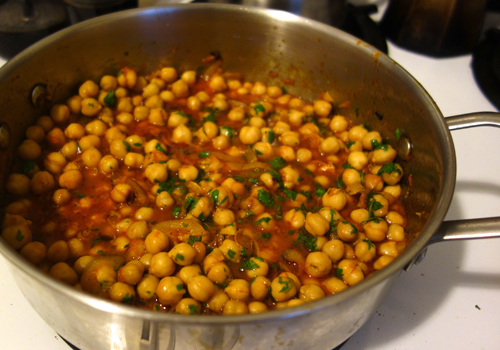
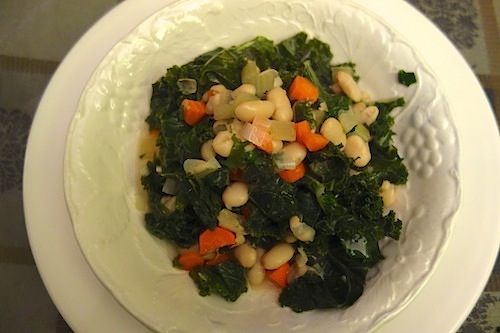
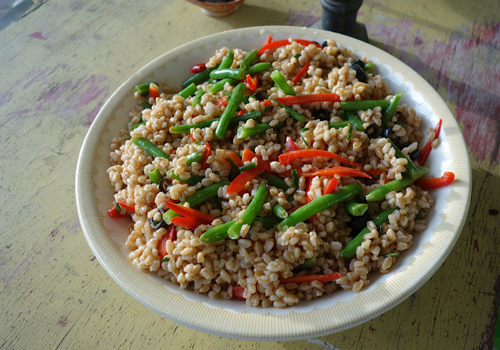
Leave a comment